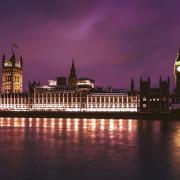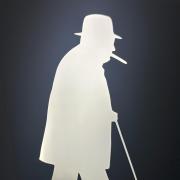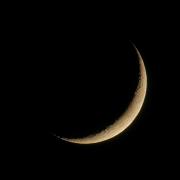
“Here lies one whose name was writ in water.” These are the words that John Keats insisted should be inscribed on his gravestone. Yet out of all the men who have died thinking that they would be buried along with their name, John Keats remains somewhat in the limelight – the fact that his house in Hampstead, now opened to the public by the National Trust, welcomes hundreds of visitors every week, stands testament to this fact.
His influence is far-reaching. Looking through the visitors’ book, I see the names of people from Madrid, Stockholm, Venezuela: if Keats’ name was writ in water, the tide has carried him far. Most striking is a tribute left by a thirteen-year-old girl – “I have been studying the poetry of John Keats at my school. I wanted to come here because now I know the work, I want to know the inspiration behind it.”
Keats’ inspiration came from moments of beauty in a life sobered by tragedy. Left orphaned at fourteen, he registered as a medical student at Guy’s Hospital. He did not have the financial security of his contemporaries and fellow Romantic poets, such as Shelley or Byron; in his youth, he did not even travel beyond England. When he enrolled as a medical student, it was because he needed money to support himself. But his training left little time for writing and wondering, and his circumstances left little possibility for poetic musings.
When he finally decided to devote himself to writing and published his first collection of poems, he was met with a scathing review by Lockhart: “It is a better and a wiser thing to be a starved apothecary than a starved poet; so back to the shop Mr John, back to 'plasters, pills, and ointment boxes.”
Although Keats only lived at Keats’ House from 1818-1820, the house remains a monument to the most important years of his life, from his love affair with his neighbour Fanny Brawne to the tuberculosis that finally claimed him. For those who are as curious about the man as they are about his works, it is possible to see, alongside drafts of his poems, the letters he sent to Fanny and the modest engagement ring he gave her. Personal sketches by his friends and contemporaries are also on display, as is the cast that was made of his face after he died.
Perhaps take a moment in front of this cast. To Keats, it would have symbolized the end of his influence on Earth. Little did he know that his name was far from writ in water – one room away, the Vistors’ book, my favourite artefact of all, stands testament to his legacy.
Keats House Museum in Hampstead, London is open to visitors five days a week.


























